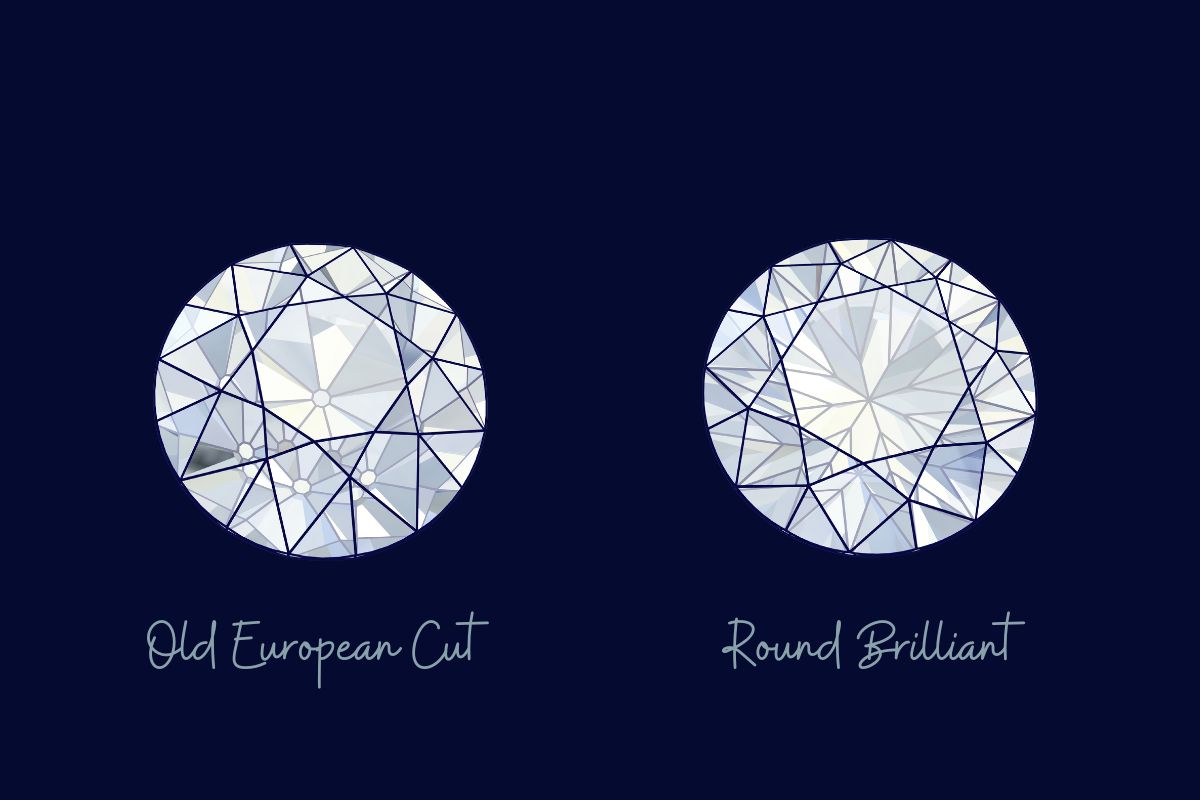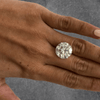
Old European Cut Diamond vs Round Brilliant: A Comparative Guide
In comparing the old European cut diamond with its successor, the round brilliant, it's essential to examine their distinctive features and how they influence the stones' performance and appearance.
The old European cut, a predecessor to the modern round brilliant, reflects the crafting techniques and aesthetic preferences of the early 20th century. It's characterized by a higher crown, a smaller table, and larger facets. These combine to produce a soft, warm glow that is markedly different from the fiery brilliance we associate with contemporary diamonds.
Table Of Contents
- Historical Context of Diamond Cuts
- Technical Specifications
- Aesthetic and Visual Differences
- Choosing a Diamond for Jewelry
- Economic Aspects
- Cultural and Symbolic Significance
- Advancements in Cutting Techniques
- Comparative Analysis
- Personalization and Unique Appeal
- Maintenance and Longevity
- Conclusion
- Frequently Asked Questions
The round brilliant cut emerged later, with its 57 or 58 precisely placed facets, and it's specifically engineered to maximize light reflection and refraction.
This meticulous design results in unparalleled sparkle and brightness, making it immensely popular in today's diamond market. The symmetry and cut of a round brilliant diamond are optimized for light performance, ensuring a consistently vibrant display across varying lighting conditions.
Historical Context of Diamond Cuts
As a gem enthusiast, I've studied the transitions in diamond cutting technology and style that reflect the tastes and technical abilities of their times. I've tracked how diamond cuts evolved from antique forms to the precision of modern aesthetics, especially focusing on the Old European Cut and the Modern Round Brilliant Cut.
Evolution of Old European Cut

In my research, I've observed that the Old European Cut was a predominant diamond cut from the late Victorian era through the Edwardian and into the Art Deco periods. This cut is an advancement from an earlier style known as the Old Mine Cut, which was developed in an era when diamonds were shaped and polished by hand.
The defining features of the Old European Cut included its round shape with a high crown, small table, and large, flat culet. Craftsmen of the time relied on candlelight to view the stones, which influenced the cut to maximize sparkle in low light conditions, resulting in deep pavilions and a warmer, softer glow compared to today's cuts.
Rise of Modern Round Brilliant Cut

By the early 20th century, advances in diamond cutting technology allowed for more precise and symmetrical facets. I've seen this progression lead to the development of the Modern Round Brilliant Cut, introduced in the early 20th century.
This cut, standardized by Marcel Tolkowsky in 1919, was engineered to showcase the diamond's fire and brilliance to an optimum degree, a direct contrast to the subtler glow of the Old European Cut. The modern brilliant cut features 58 carefully calculated facets, which include a smaller culet and a larger table.
This geometry has become the most popular for diamond cutting, due in part to its ability to brilliantly reflect light, and is a cornerstone in both mathematical and aesthetic aspects of diamond design.
Technical Specifications
| Aspect | Old European Cut Diamond | Round Brilliant Diamond |
|---|---|---|
| Facets | Usually fewer facets, typically around 58 to 64 facets. | Designed with 57 or 58 facets, maximizing brilliance and fire. |
| Shape | Generally exhibits a smaller table and higher crown, resulting in a deeper appearance. | Characterized by a larger table and lower crown, emphasizing brilliance and sparkle. |
| Cut Style | Features larger facets and a smaller overall diameter compared to modern cuts. | Designed with smaller, more numerous facets to enhance light performance. |
| Brilliance | Known for a softer, warmer glow with less intense brilliance compared to modern cuts. | Renowned for its exceptional brilliance, sparkle, and fire. |
| Popularity | Was popular during the late 19th and early 20th centuries. | One of the most popular and widely used diamond cuts today. |
| Characteristics | Exhibits a distinctive vintage charm and romantic allure. | Offers maximum light return and brilliance, considered the benchmark for diamond brilliance. |
In examining the technical specifications between old European cut diamonds and round brilliant cut diamonds, I'll focus on their cut and facet structures, table and culet characteristics, and the precise angles and proportions that differentiate them.
Cut and Facet Structure
Old European cut diamonds typically feature a variable number of facets, but usually align with the classic model of having 58 facets, just like their round brilliant counterparts.
My analysis asserts that the main distinction lies in the shape and arrangement of these facets. The old European cut diamonds have a more varied facet pattern, often chunkier in appearance, while the round brilliant cut has been refined for optimal light performance, emphasizing uniformity and symmetry.
- Old European Cut:
- Facets: Generally 58, chunkier appearance
-
Symmetry: Less precise compared to modern standards
- Round Brilliant Cut:
- Facets: Generally 57 to 58, meticulously arranged
- Symmetry: Engineered to high precision
Table and Culet Characteristics
The table of a diamond is the flat facet at the top, whereas the culet is the point at the bottom. I've noticed an evident trend where old European cut diamonds often have a smaller table and a larger or open culet.
On the other hand, round brilliant cuts typically exhibit a larger table and a smaller or sometimes nonexistent culet, aligning with modern cutting practices to enhance brilliance.
- Old European Cut:
- Table: Relatively small
-
Culet: Often large or open
- Round Brilliant Cut:
- Table: Comparatively larger
- Culet: Small or absent
Angles and Proportions
The angles and proportions of a diamond are critical to its light performance.
From my examination, old European cut diamonds have a steeper crown angle and a deeper pavilion compared to the more shallow and precise measurements of the round brilliant cuts. The latter has been rigorously engineered to maximize light reflection and refraction.
- Old European Cut:
- Crown Angle: Steeper
-
Pavilion: Deeper
- Round Brilliant Cut:
- Crown Angle: Shallower
- Pavilion: Sometimes shallower, optimized for light performance
Aesthetic and Visual Differences
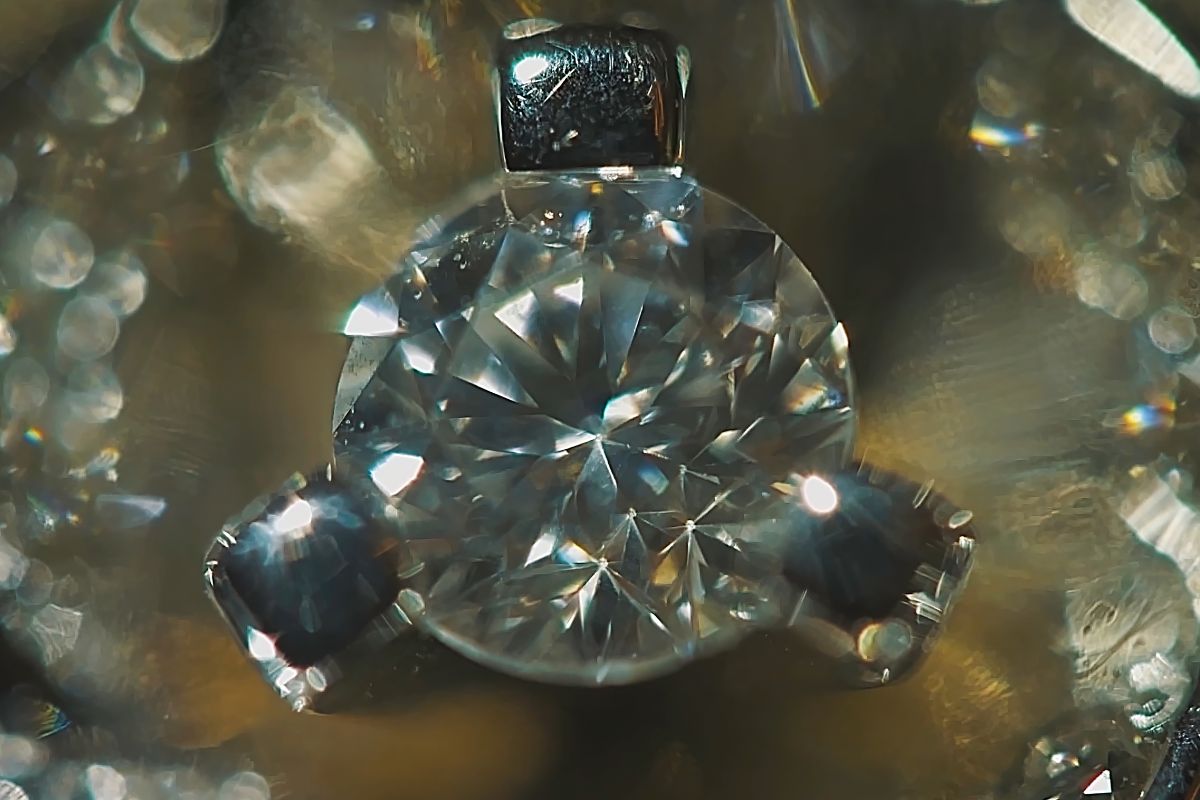
The aesthetic appeal of a diamond is profoundly influenced by its cut, which determines how it interacts with light. The differences between an Old European cut diamond and a Round Brilliant diamond lie in the way they handle brilliance, fire, and sparkle, creating distinct visual experiences.
Brilliance and Fire
Old European Cut Diamond:
- Brilliance: Displays a soft, subdued glow characterized by broader flashes of light.
- Fire: Exhibits a pronounced play of spectral colors due to its larger, often chunkier facets.
Round Brilliant Diamond:
- Brilliance: Known for its high degree of brightness and superior light reflection.
- Fire: Provides intense rainbow colors that emanate from its strategically arranged facets.
The unique characteristics stem from their facet patterns: the Old European cut with its fewer, larger facets contrasts against the Round Brilliant's multiple smaller, precision-cut facets designed for maximum scintillation.
Appearance and Sparkle
Old European Cut Diamond:
- Sparkle: Generates a pattern of reflections that suggests an inner fire, resonating with depth.
- Appearance: The diamond's silhouette is slightly rounder with a more prominent crown, giving it an antique charm.
Round Brilliant Diamond:
- Sparkle: Achieves a bright, lively appearance, with rapid flashes of light or scintillation.
- Appearance: Offers a balanced and symmetrical structure, usually with 57 or 58 finely crafted facets that enhance its radiance.
Choosing a Diamond for Jewelry
When selecting a diamond for jewelry, particularly engagement rings, it's crucial to focus on both the aesthetic appeal and the technical quality aspects of the stone.
Engagement Ring Considerations
For an engagement ring, the diamond's cut greatly influences its overall look.
The Old European cut diamonds exude an antique charm that appeals to those seeking a vintage aesthetic.
In contrast, the Round Brilliant cut diamonds are prized for their unrivaled sparkle and more modern appearance.
When choosing between these two cuts for an engagement ring, consider the personal style of the wearer and which cut aligns with it.
Evaluating Diamond Quality
When assessing a diamond's quality for jewelry, the Gemological Institute of America (GIA) cut grades are a reliable reference point. Here’s how I analyze quality using GIA’s criteria:
-
Cut: I look at the symmetry, proportions, and polish of the diamond. The Round Brilliant cut is designed to optimize light performance for maximum sparkle.
-
Clarity: Diamonds are inspected under magnification to identify any internal inclusions or external blemishes. I aim for stones that have no inclusions visible to the naked eye for a clean and brilliant appearance.
- Color: I examine the diamond against a white backdrop to judge its color, which ranges from colorless to light yellow or brown. Colorless diamonds tend to be most desirable for their purity and brilliance.
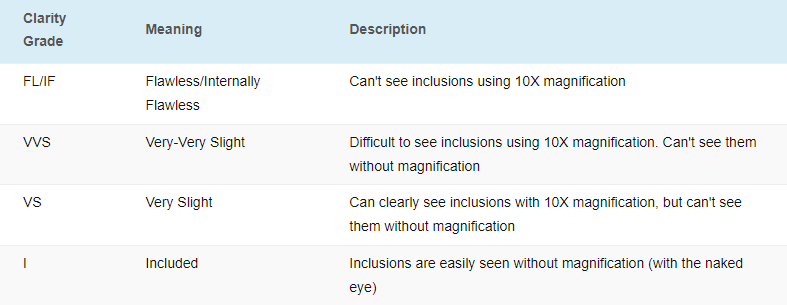
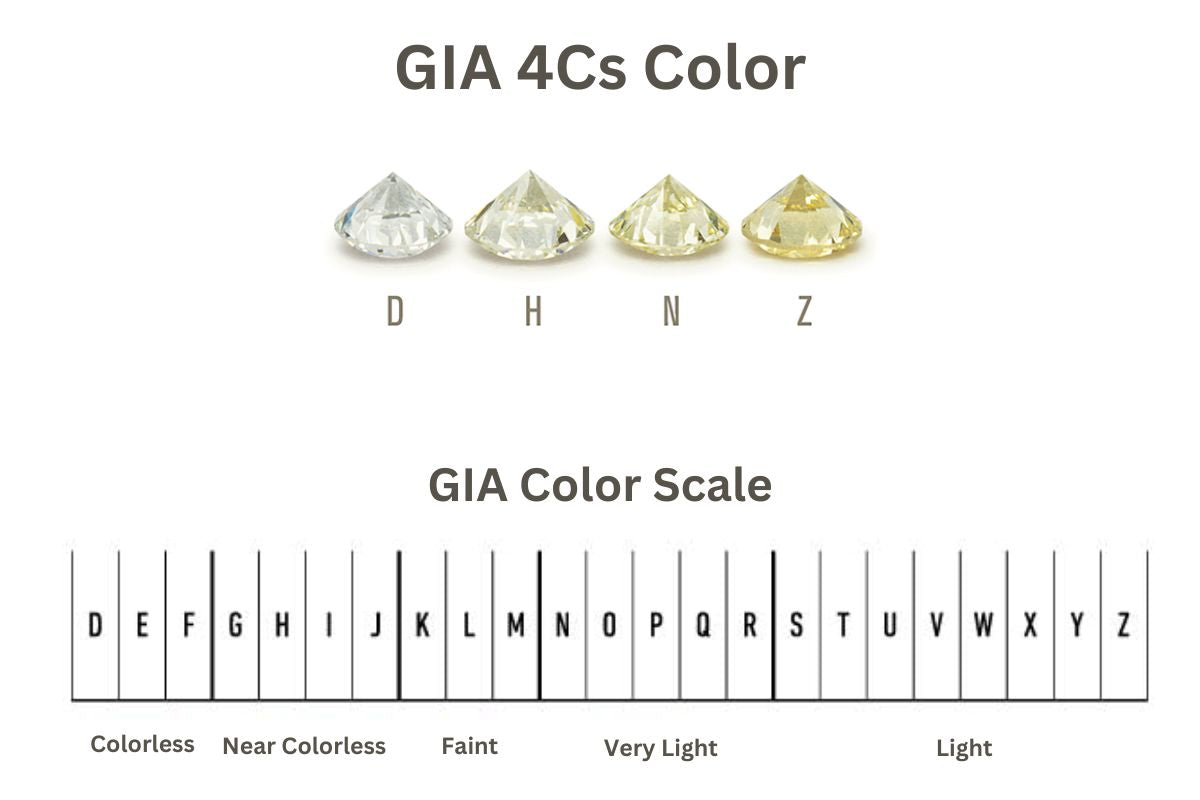
Economic Aspects
When considering the purchase of Old European cut diamonds versus Round Brilliant cut diamonds, it is essential to examine their economic implications. I'll cover how pricing factors and market availability play pivotal roles in making an informed decision.
Diamond Pricing Factors
Several components determine the price of a diamond; two primary factors are carat weight and the specific cut. The weight of a diamond is measured in carats, and typically, the larger the carat, the higher the price. However, it's not just size that matters; the cut's quality also influences the value.
Buyers should note that Round Brilliant diamonds are highly sought after due to their exceptional brilliance. As a result, they are often priced higher than Old European cuts of the same carat weight. For sellers, it's important to note that the market generally affords a premium for Round Brilliant cuts due to their popularity in diamond jewelry.
- Round Brilliant: Priced higher; perfection in dimensions
- Old European: Less expensive; historic and unique
Market Availability
The availability of these diamond cuts in the market also has economic implications.
Old European cut diamonds hail from a period long before modern technology revolutionized diamond cutting. Consequently, they are less prevalent in today's market but are prized for their antique charm. My research suggests that while less common, they can provide buyers with more affordable alternatives to their modern counterparts, though prices can rise given their antique value and rarity.
In contrast, the Round Brilliant cut is ubiquitous and consistently in high demand. For buyers, this means a wide selection is typically available, but at higher prices. Sellers can leverage this cut's popularity to command higher prices, especially in the contemporary diamond jewelry market where demand for this cut remains strong.
- Round Brilliant: Widely available; in higher demand; commands higher prices
- Old European: Less common; more variable pricing due to rarity and vintage appeal
Cultural and Symbolic Significance
When I discuss the cultural and symbolic importance of the Old European cut diamond, I recognize its unique vintage charm that harks back to an era of meticulous hand-craftsmanship. As a vintage cut, this diamond tells a story of the history and evolution of diamond cutting techniques.
Back in the late 19th to early 20th century, diamond cutters shaped these stones primarily by hand, reflecting a time when precision was guided by the human eye and manual skill rather than modern machinery.
The Old European cut is often sought after for its classic and romantic aura, which appeals to those who have a penchant for antique jewelry. Its distinctive rounded form and the way it manipulates light carries the essence of an era appreciated for its artisanship. Each diamond reflects a piece of history, embodying the cultural influences and aesthetic preferences of the time.
In contrast, the Round Brilliant cut echoes a more contemporary allure, connected with modern jeweler's pursuit of perfection and high performance in light reflection.
It symbolizes the progress in diamond crafting technology whereby precision and consistency in cutting are achievable at extraordinary levels. This is a testament to the quantified skill and innovative spirit of today's diamond cutters who continually strive to enhance the stone's natural sparkle.
Antique cut diamonds, including the Old European cut, are often considered to be as unique as the individuals who wear them. They aren't just gems; they're storied pieces of bygone eras. Their particular characteristics are not just reflections of individual character but also representations of the larger tapestry of diamond craftsmanship through the ages.
Advancements in Cutting Techniques
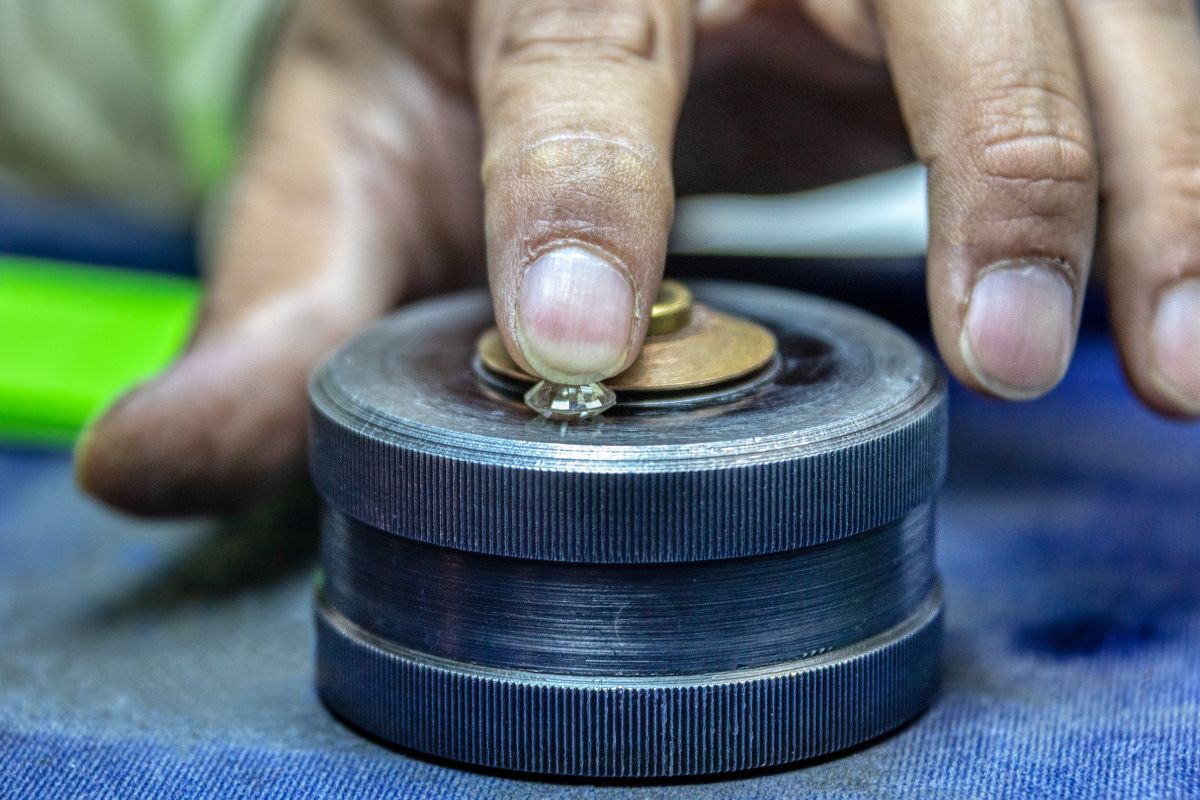
In the evolution of diamond cutting, the leap from hand-crafted to technologically aided methods marks a significant milestone. The precision and symmetry now achieved set modern diamonds apart from their antique predecessors.
Hand-Cut vs Modern Precision
Originally, diamonds were shaped and polished through hand-cut techniques, relying on a diamond cutter's skill and eye for balance. My experience with hand-cut stones, like the Old European cut, reveals their broader facets and soft appearance. However, the craftsmanship, while impressive, often resulted in less precise symmetry when compared to modern standards.
Old European Cut:
- Craftsmanship: Hand-cut, artisan skill.
- Symmetry: Often imperfect due to manual techniques.
Modern Round Brilliant Cut:
- Craftsmanship: Machine-assisted, high precision.
- Symmetry: Calculated for optimal light performance.
Technological Impact on Craftsmanship
The integration of technology in diamond cutting, specifically laser cutting tools, has revolutionized the craft.
These advanced instruments grant me the ability to create cuts with extreme precision, enhancing the diamond's overall performance in terms of brilliance and fire.
Lasers aid in planning the cut to maximize the diamond's raw potential, leading to superior precision that was once unattainable. Consequently, every facet is calculated to reflect the maximum amount of light, making modern diamonds, like the Round Brilliant cut, exceedingly bright and lively.
Technology in Cutting:
- Laser Tools: For detailed cuts and minimal wastage.
- Precision: Elevated to a level where uniformity in facet size and shape is a given, optimizing light reflection.
Comparative Analysis
In comparing the round and Old European cut diamonds, I focus on the performance aspects that discerning buyers consider and the modern standards that dictate the expectations for diamond quality.
Round vs Old European Cut Performance
The Round-Cut Diamond, or modern round brilliant cut diamond, is designed with 57 to 58 facets that contribute to its perfect symmetry and high light performance. The objective with this cut is to maximize the effect of light bouncing within the diamond, which creates its signature sparkle regardless of the lighting conditions.
The cut's impeccable design and modern standards ensure a consistent and unparalleled brilliance that has been meticulously perfected over decades.
In contrast, Old Cut Diamonds, specifically the Old European cut, were crafted primarily to enhance two qualities: color and clarity. This approach differed from the focus on light performance seen in modern diamonds.
Old European cut diamonds often display a more pronounced crown and a small table, which grants them a unique character that boasts a subtle fire or ‘dispersion’ of light rather than intense brilliance.
Modern Standards and Expectations
When discussing modern standards and expectations, the Modern Round Brilliant Cut Diamond stands as the epitome of current diamond cutting techniques. It has perfect symmetry that ensures maximum sparkle.
- Durability: Both cuts have shown good durability over time. However, modern cuts may be more precisely measured for this aspect.
- Standards: Modern diamonds are typically cut and assessed using standardized methods to ensure consistent light performance and structural integrity.
The advancements in cutting technology and precise mathematical calculations have propelled the round brilliant cut diamonds to meet and exceed these standards. This makes them a preferred shape for both casual and formal settings. In essence, these diamonds are crafted to dazzle with a bright and reflective appearance.
Meanwhile, Old European cut diamonds might not fall exactly in line with modern standards due to their older cutting style. However, they possess a charm and historical allure that is often sought after by enthusiasts of vintage jewelry. Their cut echoes the techniques of a time before modern technology, characterized by hand-crafted shapes that carried individual variations and told a tale of the artisan’s skill.
Personalization and Unique Appeal
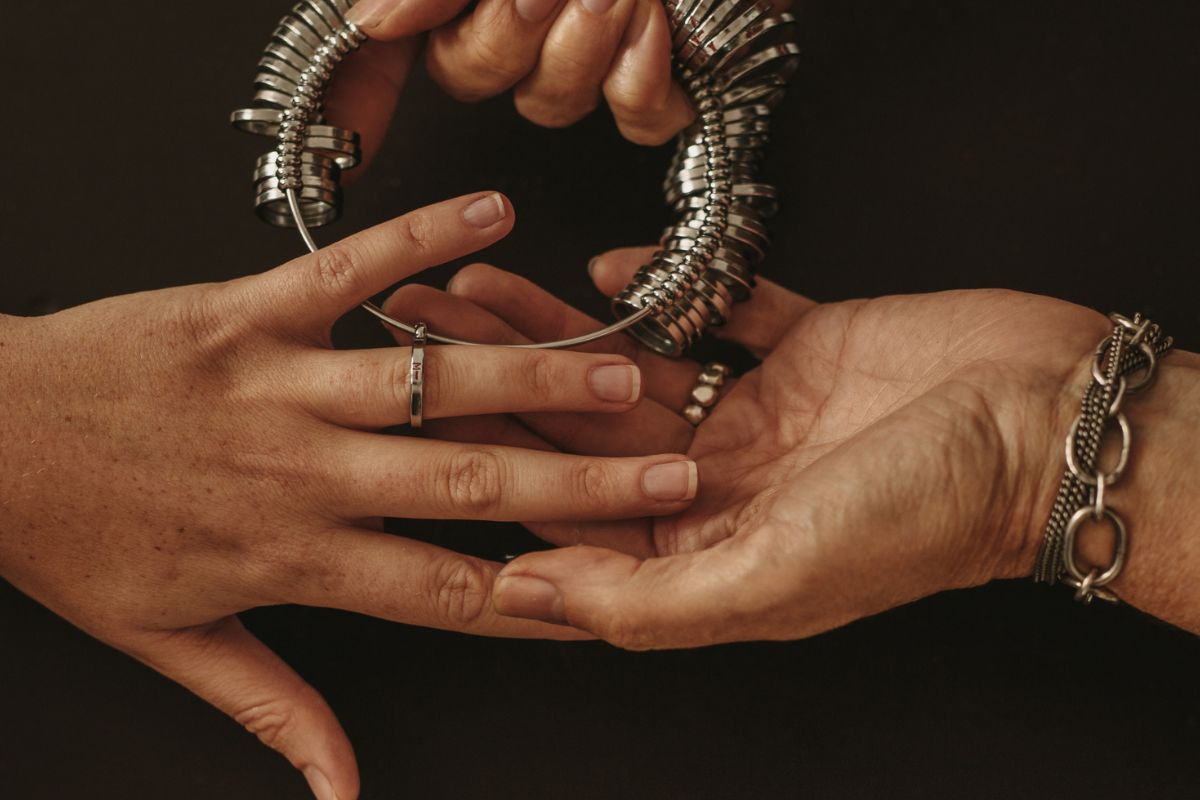
As a lover of fine jewelry, I find that old European cut diamonds have a certain unique charm that distinguishes them from their more modern counterparts, such as round brilliants. Unique craftsmanship is at the heart of each old European cut diamond, rooted in a time when diamonds were hand-cut, making each stone a one-of-a-kind piece. The lure of these diamonds for me lies in their connection to history, especially the art deco era, which adds an intangible value beyond mere carat and clarity.
With vintage diamond jewelry in mind, the old European cut showcases a facet pattern consisting of 57 or 58 facets, similar to round brilliants, yet with key differences. The facet arrangement boasts a more triangular and chunky appearance that reflects light in a deeper, more subdued way. In contrast, the round brilliant diamonds are optimized for fire and sparkle, emphasizing the diamond's brilliance through a precise facet pattern. This stark contrast allows me to personalize my jewelry selection based on the occasion. For a more understated elegance, I might choose an old European cut diamond, while for a dazzling display, a round brilliant would be more fitting.
In terms of facet pattern, the old European cut's larger culet and less symmetrical shape lend it an authentic vintage feel that is less prevalent among the highly uniform round brilliants. For enthusiasts of bespoke jewelry, the allure of the old European cut diamond lies in its rare, handcrafted nature—a silent testament to the artisan's skill and a celebration of individuality.
Maintenance and Longevity
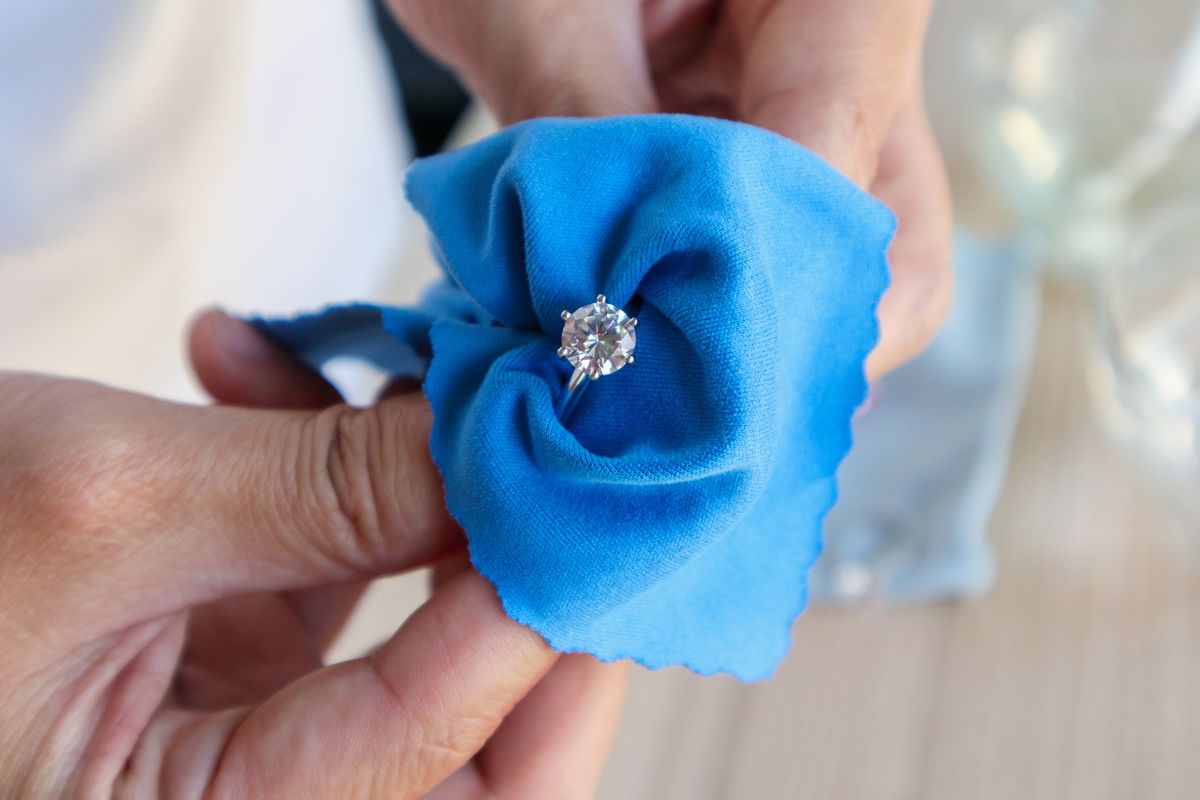
When it comes to maintaining Old European cut diamonds and Round Brilliant cut diamonds, I emphasize that the approach is quite similar, given their comparable durability as jewelry pieces. Both are variations of diamonds, which are renowned for being the hardest natural substance on Earth, measuring a solid 10 on the Mohs hardness scale. This hardness is a primary factor in their longevity.
For buyers, the longevity of a diamond matters greatly. Let's examine a few critical points:
Daily Care:
- Avoid harsh chemicals: Both cuts can withstand exposure to light and water, but keep them away from harsh chemicals to maintain their luster.
- Cleaning: Use a solution of warm water and mild dish soap. Gently scrub with a soft toothbrush.
Professional Maintenance:
- Routine checks every six months are advisable to ensure the settings remain secure.
Storage:
- Store diamonds separately to avoid scratches.
- A fabric-lined jewelry case or a box with dividers is ideal.
Considerations Specific to Each Cut:
- The Old European Cut has a higher crown and larger facets, which may accumulate dirt a bit more easily than the tightly patterned Round Brilliant cut, making it require slightly more frequent cleaning.
- However, the Round Brilliant's intricate facet pattern can make blemishes more notable if not kept clean.
Durability:
- Both cuts resist chipping and fracturing well, assuming the diamonds are not subject to extreme force.
Conclusion
The Old European cut diamond and the Round Brilliant cut diamond cater to distinct tastes in jewelry, specifically within the realms of quality, performance, and stylistic periods such as Art Deco.
- Quality: When assessing quality, I recognize that symmetry is paramount. The Old European cut typically features less symmetry compared to the modern Round Brilliant, but both can exhibit high-quality characteristics depending on the precision of the cut.
- Performance: From a performance standpoint, the Round Brilliant cut is engineered to maximize light reflection, yielding intense sparkle under various lighting conditions. The Old European cut, while also possessing charm and sparkle, was designed to enhance color and clarity which can contribute to its unique allure.
- Art Deco & Antique Appeal: An appreciation for history draws some to the Old European cut. Its design is emblematic of the Art Deco era, making it desirable for those inclined towards antique jewelry. This cut exudes a timeless quality that's deeply connected to its historical roots.
- Engagement Rings & Modern Diamonds: In modern engagement ring selections, the Round Brilliant cut is prevalent due to its brilliance and contemporary appeal.
Also Read
Frequently Asked Questions
In this section, I will address common inquiries regarding the comparison between Old European cut diamonds and round brilliant cut diamonds, focusing on aspects such as visual differences, cost variations, and brilliance, as well as the cutting style and overall value when choosing a diamond for an engagement ring.
What distinguishes an Old European cut diamond from a round brilliant cut in terms of sparkle?
The Old European cut diamonds offer a subtle sparkle with a deep and warm glow, reminiscent of a candlelit environment. On the other hand, round brilliant cuts offer a more vibrant and fiery sparkle due to their optimized light performance.
How do Old European cut diamonds and round brilliant cuts differ in price?
Old European cut diamonds can vary widely in price but are often found at a lower price point than round brilliant cuts of similar quality due to differences in popularity and demand.
In what ways does the brilliance of an Old European cut diamond compare with a round brilliant cut?
The brilliance of an Old European cut diamond is characterized by broad flashes of light, while a round brilliant cut tends to display more intense, pinpointed scintillation due to its higher number of facets and angles that reflect light.
What are the key differences in the cutting style of Old European and round brilliant diamonds?
Old European cut diamonds typically have a higher crown, a smaller table, and a more profound pavilion with chunkier facets. This contrasts with the round brilliant cut's shallower angles and finer faceting intended for maximum light reflection.
How do the values of Old European cut diamonds contrast with those of round brilliant cut diamonds?
The value of Old European cut diamonds is often linked to their antique nature and rarity in the market. Meanwhile, round brilliant cut diamonds are prized for their modern aesthetics and extensive light performance, influencing their value.
What should one consider when choosing between an Old European cut and a round brilliant cut for an engagement ring?
When selecting between an Old European cut and a round brilliant cut for an engagement ring, consider personal taste in sparkle and fire. Also, think about the ring's style and how each cut reflects light. This can be a nod to vintage charm or a preference for modern radiance.
Checkout some of our top collections:
Leave a comment
Please note, comments must be approved before they are published.

